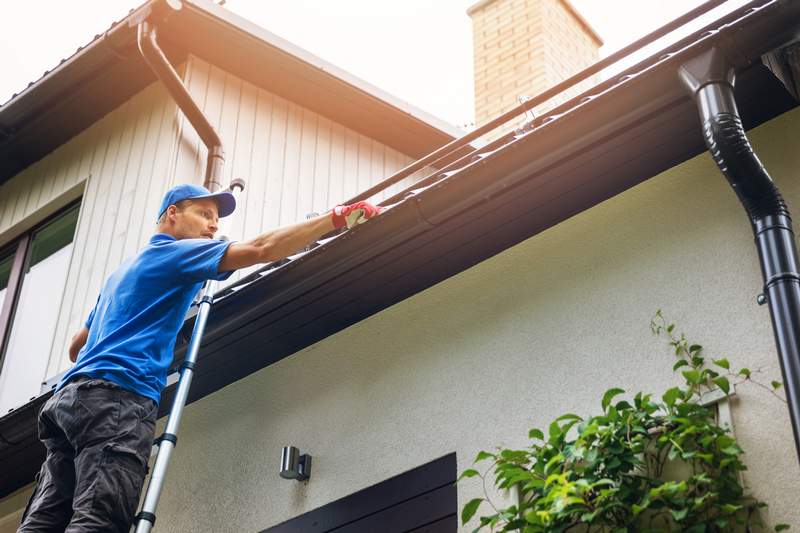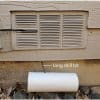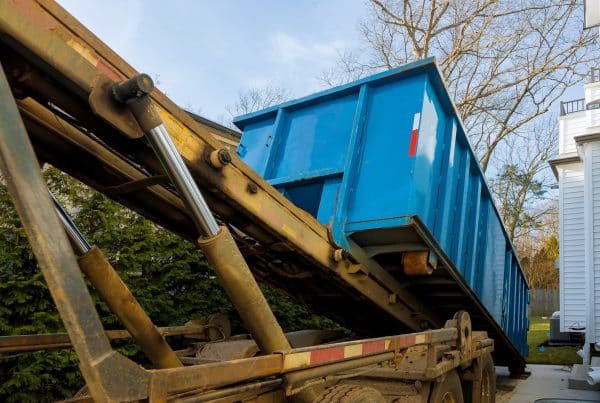The gutter is an important part of your home. It collects and directs rainwater and snow runoff from your roof to downspouts, which feed into the storm drain. However, if you install a gutter that has too low of a pitch, the water will flow over the edge and get caught in trees or bushes. This can lead to damage to your home, leaves rotting on the ground, and even flooding. Luckily, there are some things that you can do before buying a new g
What are the Different Types of Gutters
Gutters are designed to protect your roof by catching the water that comes down from rain. It’s important to know what type of materials you’ll need for your gutter, since some materials are more dangerous than others. There are three main types of gutters: metal, rubber, and polyethylene There are a number of different gutter types. Each has its own set of benefits and drawbacks, but ultimately it’s up to the homeowner to determine which type is best for their home. The two most common types of gutters are wood and vinyl. Wood gutters offer the highest quality and durability, but they’re often more expensive than vinyl gutters. Vinyl gutters, on the other hand, cost less and should last for many years.
Tips for Choosing a Gutter
The price of gutters can vary depending on the size, type, and quality that you want for your home. If you are thinking about installing new gutters or replacing existing ones, consider these three factors. When it comes to choosing a gutter, you have to decide where your home will be located. If you live in a colder climate, you might want to choose an aluminium gutters option because the metal will help to retain heat. But if you live in a warmer climate, it might be best to go with the copper option because the copper will prevent corrosion and other debris from getting into your gutters. The length of your gutter system also should be determined by how far away your downspouts are located from your house.
The Different Materials For Guttering
There are three main types of gutters that you can choose from, each with its own benefits and downsides. The first type is metal gutters, which are made of thin ribbons of aluminum that combine to give the perfect look for any style of home. Another type is vinyl gutter systems, which are commonly used by homeowners looking for a more affordable option. The final possible choice is wood-based gutters or composite gutter systems, which are popular among homeowners who want the natural look of wood without the hassle of maintenance.
How to Install Gutters
Gutters serve two purposes: they help prevent water damage to your home and they’re supposed to deflect rainwater away from your house. The type of gutter you choose is determined by the amount of rainfall you receive, how high you want them installed, and where they’ll be installed on your home.
How to Clean Your Gutter
The best way to clean your gutters is to use a garden hose. You can also use a broom or snow shovel if desired. If you have a brush, water will drip from the roof and into the gutter as it cleans them out. If you want to keep your gutters and downspouts clean, you’ll need a gutter brush. You can use a garden rake to loosen debris from the gutters. It is best to wait until the snow has melted for this operation since it leaves debris on the ground where it can be tracked back into your home during heavy snowfall.
Conclusion
The importance of gutters is often overlooked and underestimated. They not only look good on your home, but also protect the foundation and exterior walls from water damage and mold. If you’re working with a smaller budget, take a look at these options: Once you’ve decided that you need to install a gutter system, the next step is finding the right one for your home. Before you decide which is the best type for your home, it’s important to think about what you will be using your gutters for.








